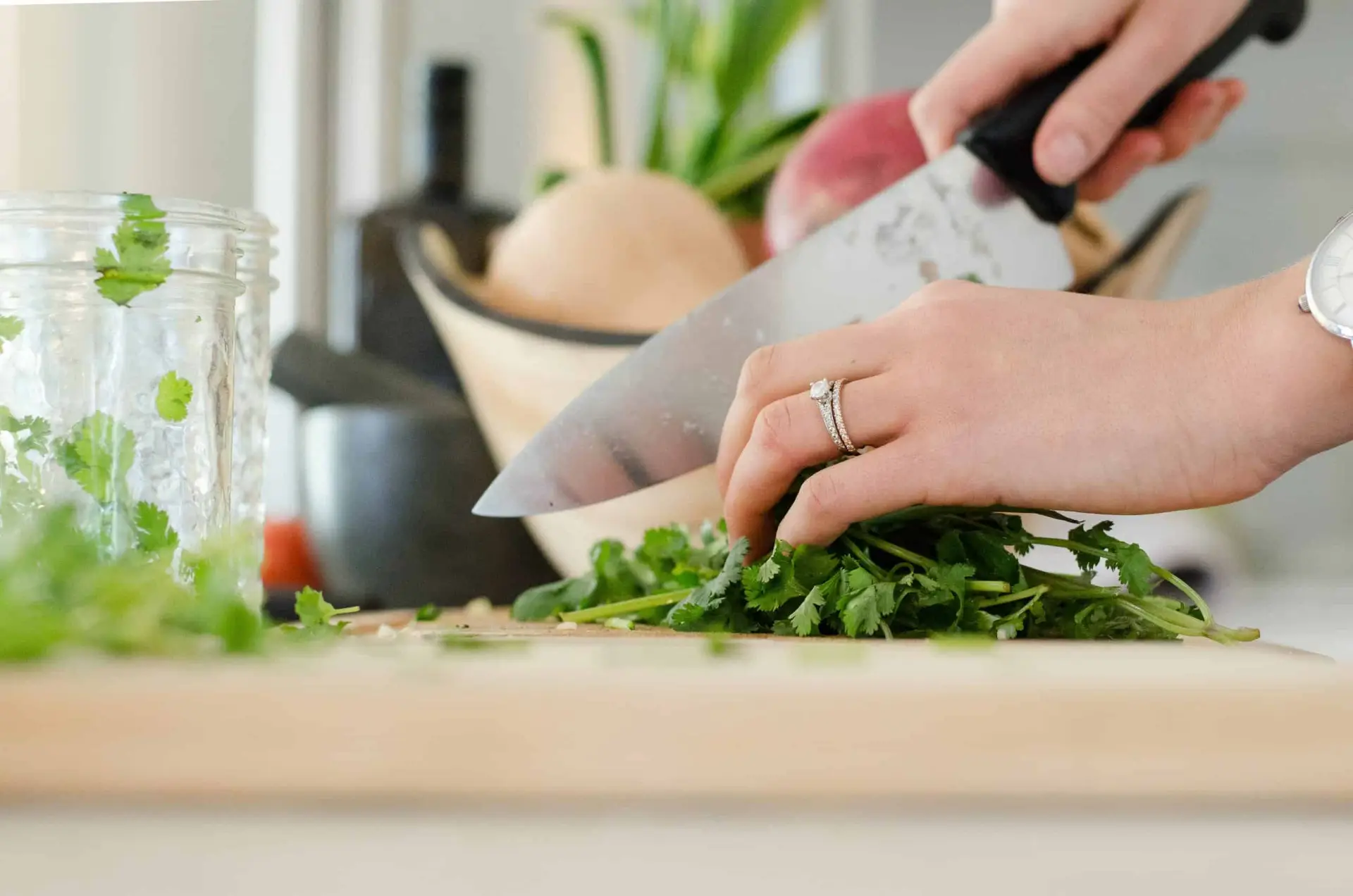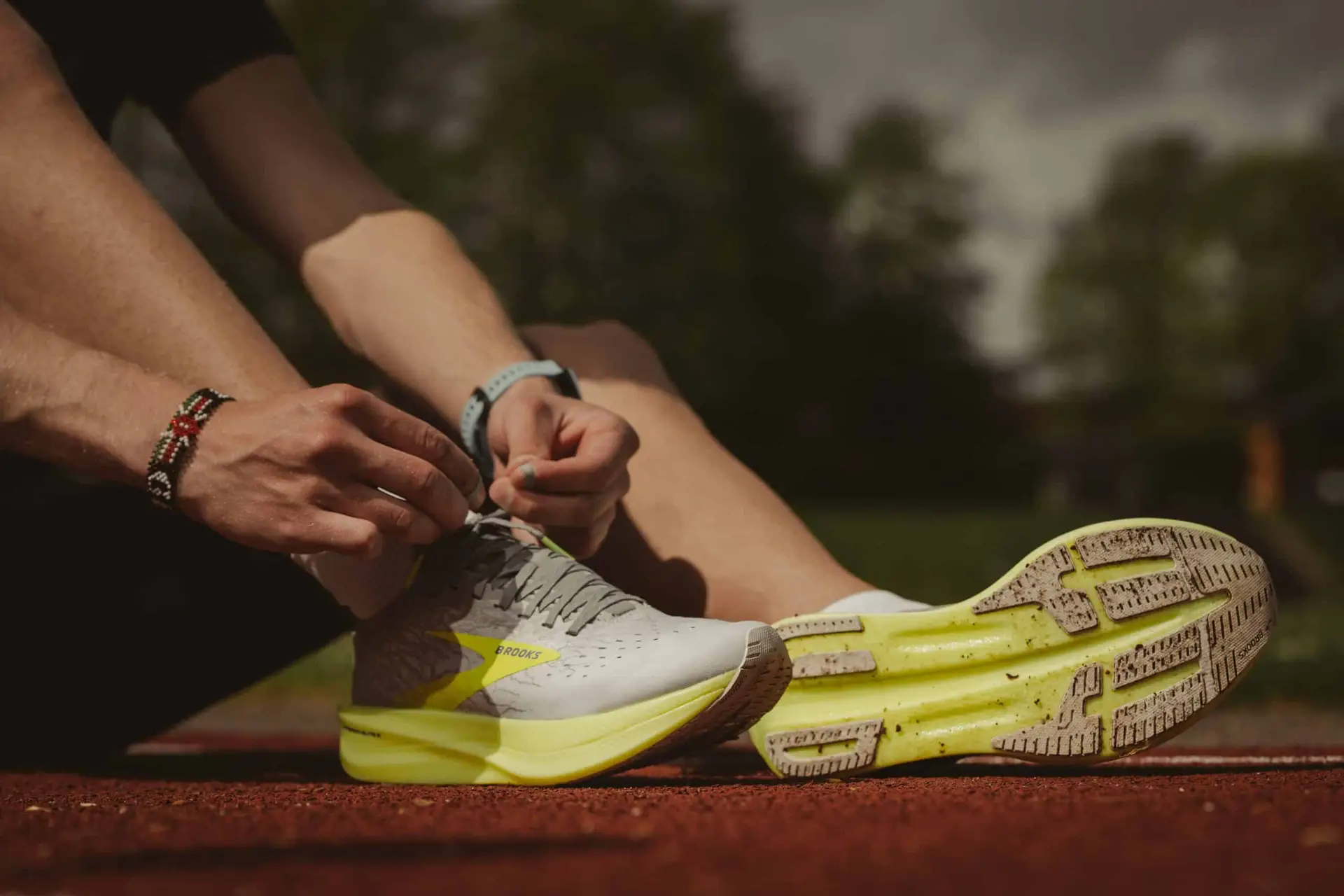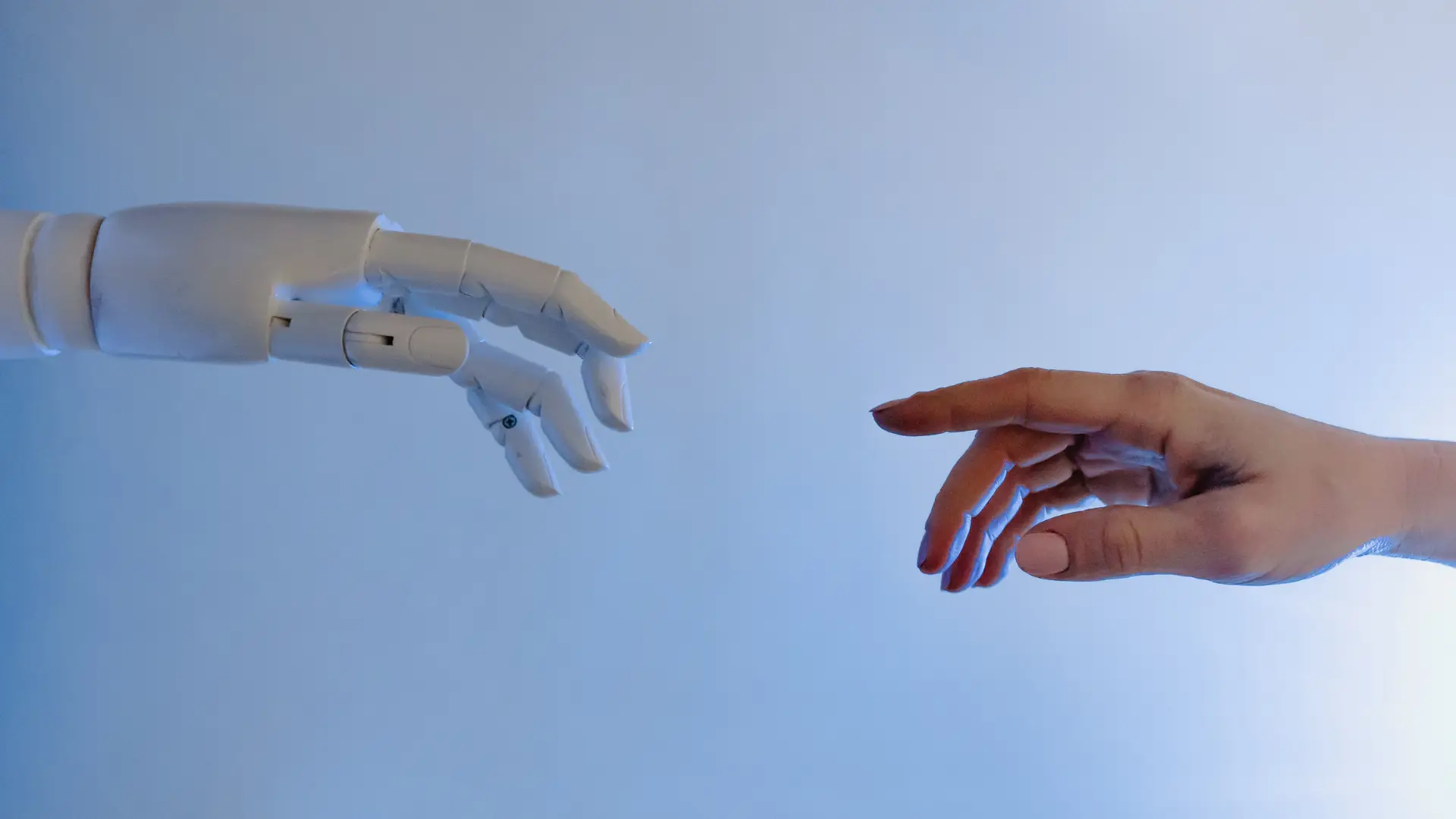I admittedly got a little nervous when I recently learned that Earth’s population could grow to 8.5 billion by 2030 and up to 9.7 billion by 2050. It’s not because I don’t welcome sharing this planet with new neighbors, but because I’m truly worried about the environment’s ability to keep up with our current levels of resource consumption. If I could throw millions at research and development for scientists and environmentalists to solve this problem once and for all, I would do it in a heartbeat. I can’t, though, and I’m guessing the average person reading this can’t either. So, what are we to do? Let’s focus on something simple we can all work on: Sustainability.
What is sustainability?
The Environmental Protection Agency defines sustainability as “creating and maintaining the conditions under which humans and nature can exist in productive harmony to support present and future generations.” Sounds like a worthy cause to pursue in an effort to keep Earth healthy and habitable now and in the future, right? The truth is, the responsibility of sustainability is in our collective hands. It’s important that we all play even the tiniest part in protecting and conserving our planet and its resources.
How can we live more sustainably?
I’m starting small with my changes, and I’d suggest you do the same so you don’t risk doing too much at the beginning and getting burnt out. It’s much easier and more beneficial to make one small daily change and stick with it rather than trying to completely overhaul your entire lifestyle over one weekend and failing because you get overwhelmed.
Here are a few simple sustainability tips I’ve run across in my research that I’m already trying out or that I plan to implement this summer and beyond. I know a few of these tips sound pretty obvious, but they’re still really great reminders and I hope they inspire you to make a few small sustainable changes!
Sustainability Tip #1: Switch to reusable water bottles, coffee cups, and straws.
Did you know that 80% of disposable plastic water bottles end up in landfills where they can take up to 450 years to completely decompose? (Aquasana). Along the same lines, 2.5 billion disposable coffee cups are tossed out worldwide each year. If we don’t start cutting down on using them and other single-use plastics, there’s actually a risk of plastic trash in the ocean outweighing the fish by 2050 (Our Last Straw).
You can easily avoid contributing to this problem by making a simple swap to reusable water bottles, coffee cups, and straws. Try finding vessels that are made of glass, steel, or aluminum. My personal favorite reusable water bottle is the Hydroflask, and I drink my daily coffee in the office from a reusable mug I picked up at Wal-Mart. When it comes to reusable straws, the most sustainable options are stainless steel, glass, or bamboo.
Sustainability Tip #2: Use more energy-efficient lighting at home.
Conserving energy at home is about more than just turning off the lights when you leave a room and unplugging devices you aren’t using (though that’s an excellent start). One easy thing you can do to conserve energy without thinking much about it is swapping to LED light bulbs in your home– they use 75% less energy over time than traditional bulbs and can last up to 20 years. Even if your bulbs are energy efficient, try to take advantage of as much natural light during the day as possible so you can conserve more energy!
Sustainability Tip #3: Conserve energy in the laundry room.
When it comes to laundry, try only running full loads and increasing the spin speed in your washing machine to cut down on drying time. It’s also important that you clean out your dryer’s lint trap between loads to both prevent fires and help your clothes dry as quickly as possible so the dryer doesn’t have to run for so long. Of course, one of the best sustainable laundry room swaps you can make is swapping to an eco-friendly washer and dryer.
Sustainability Tip #4: Buy secondhand in person when you can.
Think about it: when you purchase something secondhand in person, no additional energy is used to create the product or transport the product to you. This is truly one of the easiest things you can do to make your lifestyle just a little more sustainable. I’m a huge fan of checking out thrift stores and garage sales for random home decor and knick-knacks. I’ve also found some really great pieces of furniture on Facebook Marketplace! I’d suggest shopping at consignment stores if you’re looking for higher end items.
Sustainability Tip #5: Purchase items in bulk when it makes sense to do so.
Buying in bulk can sometimes be more sustainable in the long run. This is mostly due to the fact that single-use items typically use more plastic and packaging materials than bulk items, and that packaging tends to end up in landfills and oceans. Plus, when you buy in bulk, you conserve energy because you end up making less trips back and forth to the store. For example, instead of buying a box of individually packaged chips, you could just buy one family size bag and divide it out into reusable snack bags yourself.
P.S. Make sure to do your research when you’re buying sustainable products! If the company as a whole isn’t truly sustainable or eco-friendly, keep shopping. An easy way to find out more about a company’s sustainability is via their website. Check out their mission statement and vision, and see if that lines up with their actual business practices. You can also keep an eye out for sustainable and eco-friendly certifications. I like referencing resources like the Environmental Working Group’s consumer guides for more information as well.
If you implement any of these sustainability suggestions or have more ideas of your own, let us know! We’d love to hear from you.









